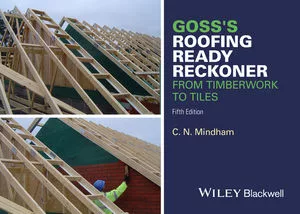Protect Yourself from Mold Lawsuits

Molds and Health
At this time, we don’t really know very much about mold’s effects on human health. The claim that mold has a serious health impact is a new phenomenon and the experts disagree. The EPA states that mold can cause allergies, skin irritations, rashes and may be potentially toxic. While other experts refute that mold has any major health ramifications, still others believe that mold can cause serious, long-term problems. Despite these claims there is no credible evidence right now that mold causes anything other than allergic-type responses in those people who may be sensitive to molds. What we do know is that consumers are very concerned, and many are suing.Mold Spores
Mold spores are everywhere. They are common, natural and airborne. Because mold is everywhere, the only feasible way to control mold growth is to control water entry and moisture accumulation in a building.
There are also several surprising sources of mold in buildings including recently cleaned rugs, refrigerator drip pans, over-watered houseplants and AC ducts.
Roofing’s Influence on Mold Growth
Trapped water from roof leaks is a major concern. The key word here is “trapped.” While many roof leaks are obvious, water from roof leaks can also enter wall cavities, creep behind wallpaper and even behind paint. By the time the leak is discovered there may be extensive mold growth in areas that are hard to see and hard to fix.
Continually wet areas are also a problem. In roofing, this means persistent, unseen or neglected leaking. If there is a roof leak, and it goes undetected, it could create a ripe environment for mold. Lack of proper ventilation and inadequate air movement can lead to mold growth.
Residential Roofing: The Main Problem Areas
When water continually leaks behind a building’s siding, it gets trapped and can go unnoticed for a long time. In the photo you can see that the roofing/gutter system allowed water to get behind the siding at the edge/gutter detail.To eliminate leaks behind siding:
Install step flashing to meet code, manufacturer and NRCA specifications.
Use properly sized step flashing. Properly sized step flashing should extend above the top of the shingle being installed by a minimum of 1-inch and extend across the shingle a minimum of 4 inches. (Note: many of the current larger shingles need more than one piece of step flashing to ensure full coverage).
Install waterproof underlayment at leak-prone areas. These areas include chimneys, plumbing vents, dormers, sidewalls, valleys, skylights, and other through-roof projections.
As for ventilation, it’s hard to believe, but GAF Materials Corp., Wayne, N.J., reports that nine out of 10 homes are still not properly ventilated. Many consumers are not aware of the ventilation needs of their structures and take an “I didn’t need it before” attitude. Many installers neglect installing intake ventilation because they do not consider it part of a roofing project.
You should always review ventilation to make sure that it is sufficient to provide adequate airflow. Also make sure that the ventilation system is balanced, with intake and exhaust ventilation.
Looking for a reprint of this article?
From high-res PDFs to custom plaques, order your copy today!



.webp?height=200&t=1616626113&width=200)



